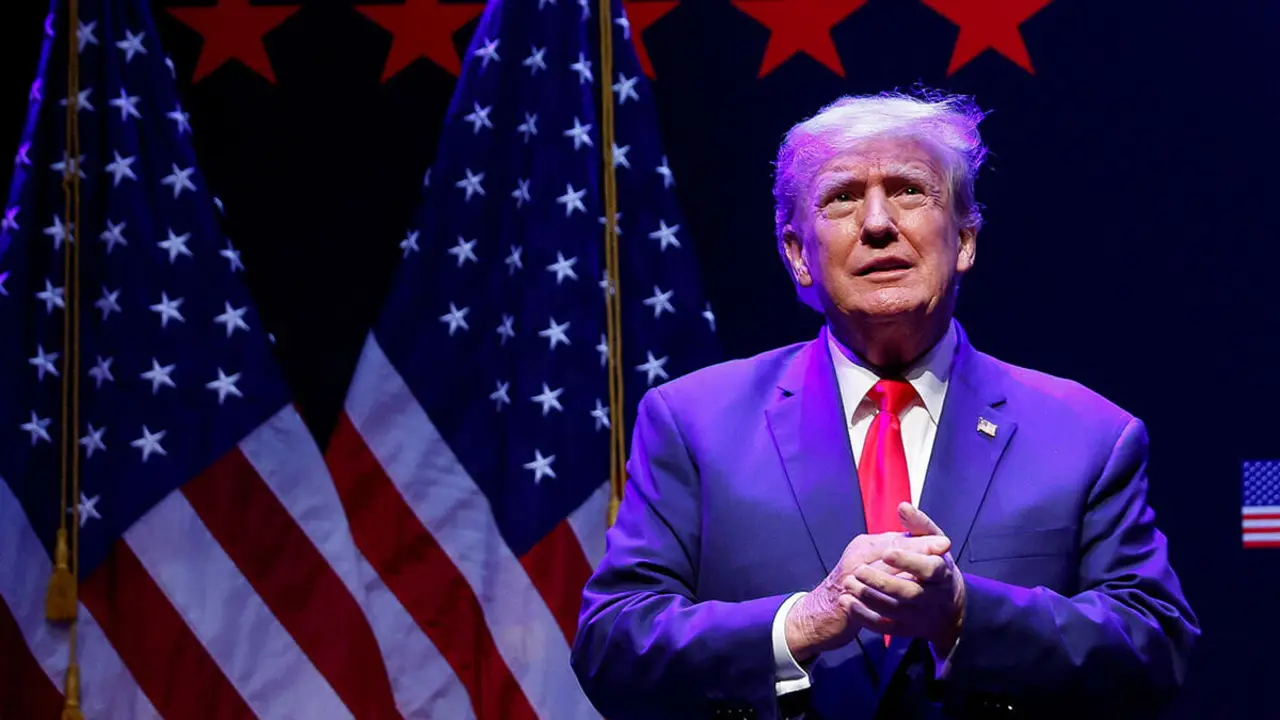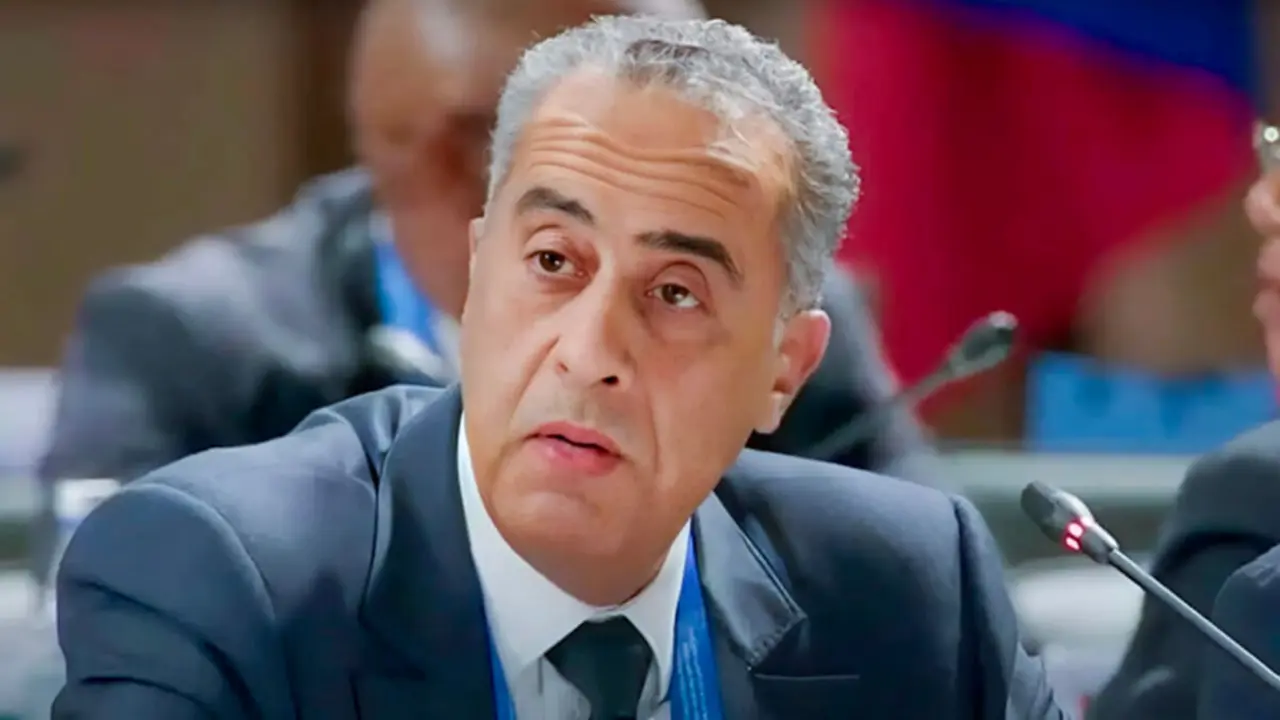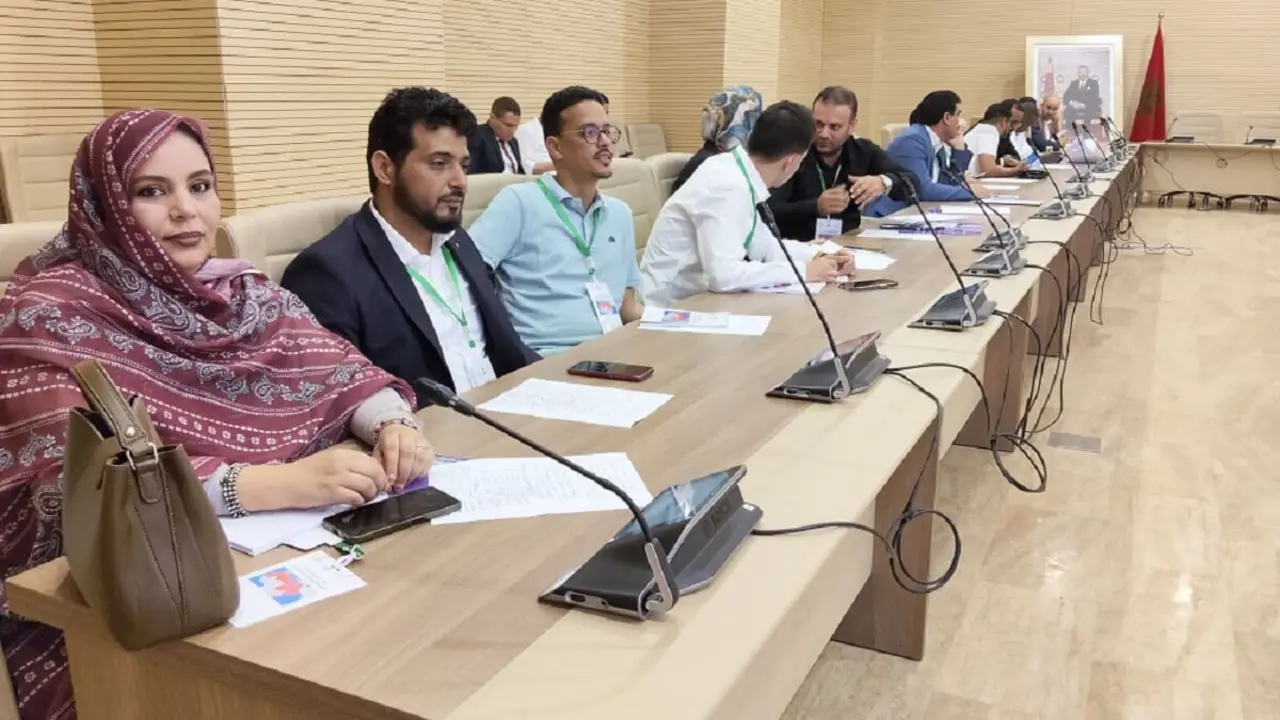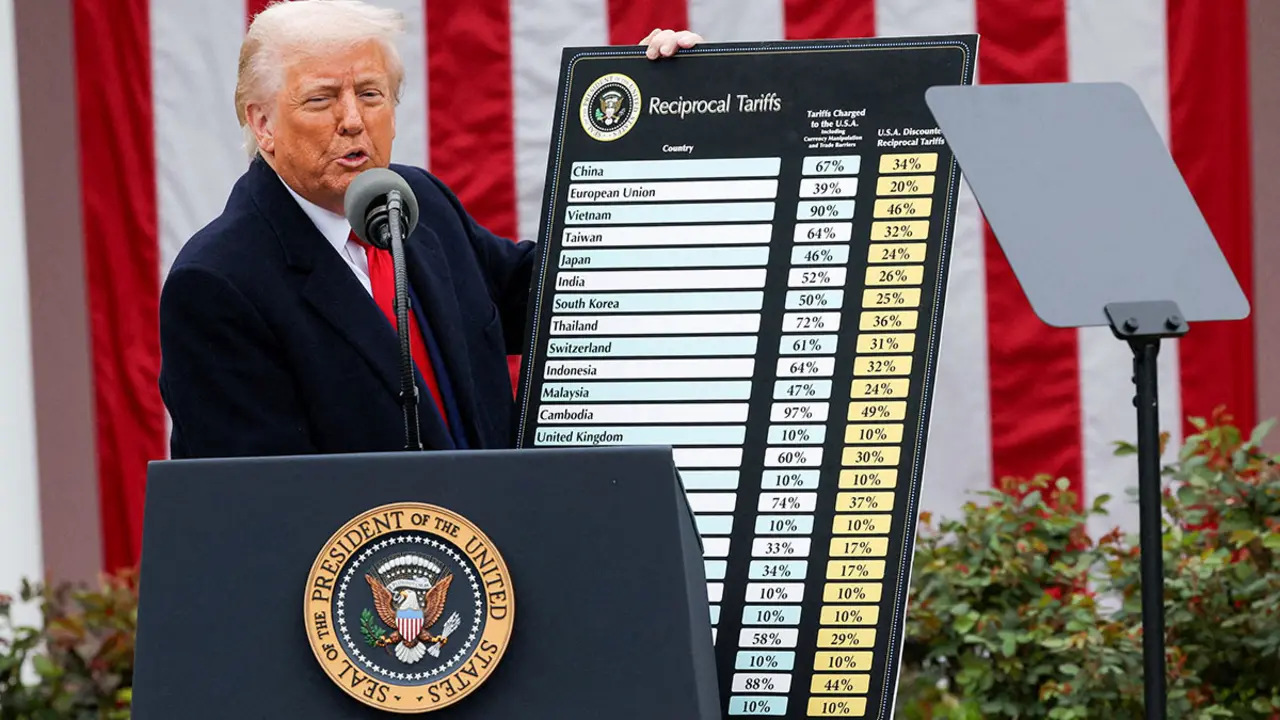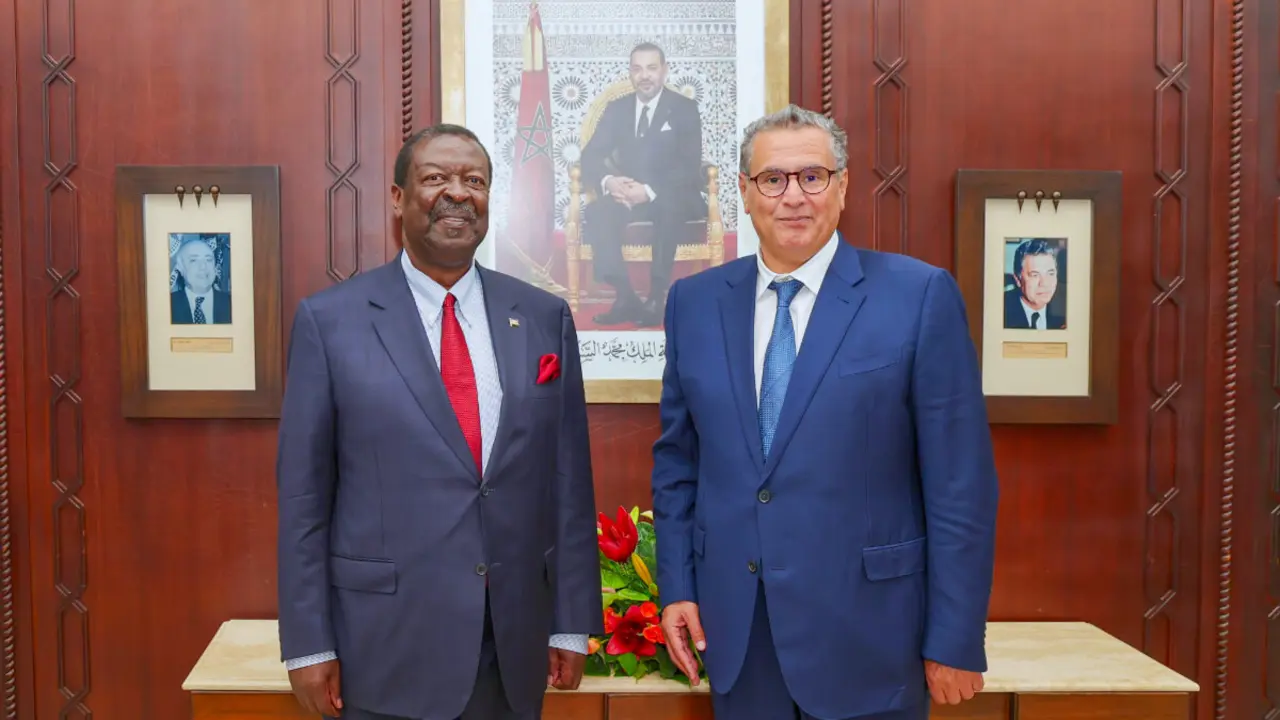The three levers of Morocco's water policy are as follows
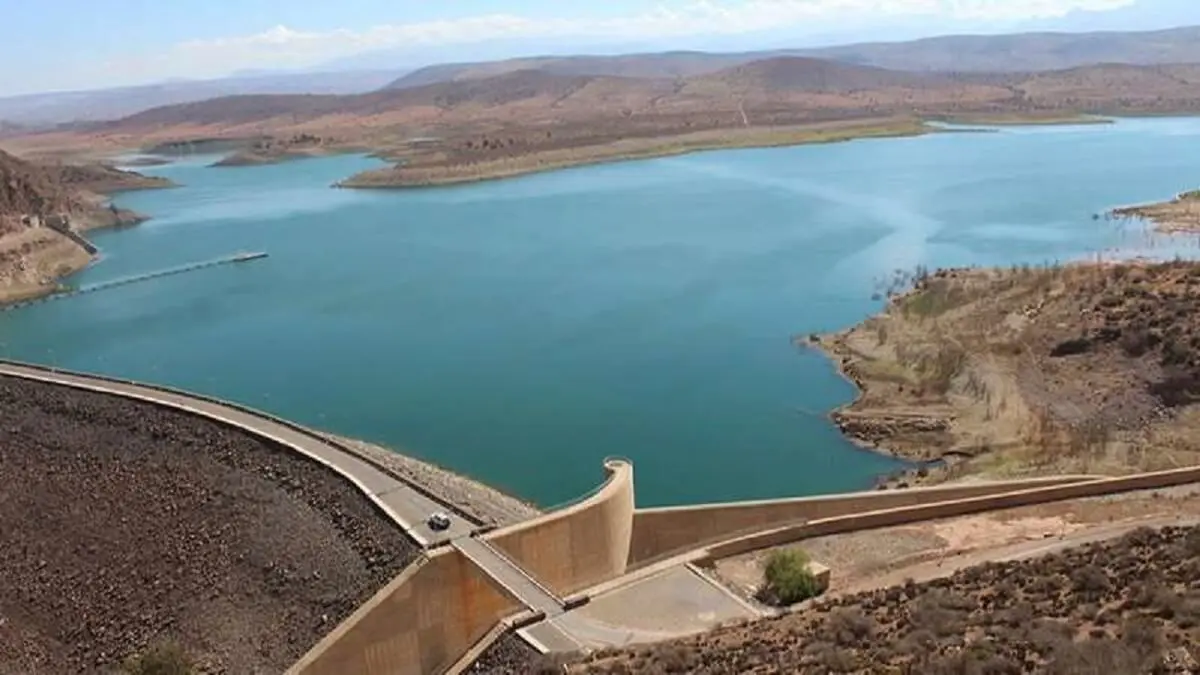
For Morocco today, water is one of the major challenges of 2024. It is a vital sector for the country's economy that must be taken into account in its policy and its future vision. For this reason, the North African country has opted for a new policy based on three essential levers: conventional water, non-conventional water and the management of this vital resource.
- The first lever: conventional water
- Rainwater harvesting, large and small dams
- Second lever: non-conventional water
- Third lever: water management
The first lever: conventional water
In the field of conventional water, Morocco is relying firstly on its large dams, supported by medium and small dams installed on the country's national territory. Secondly, there are water transfer projects between the most important basins, through rainwater harvesting and the unblocking of dams.
Water transfer projects will be phased and zoned. The transfer of surplus water from the Sebou basin to the Bouregreg basin, once completed, connects two of the country's most important rivers to supply the cities between Rabat and Casablanca.
The motorways will supply water to the Sidi Mohamed Ben Abdellah and El Massira dams. In addition to this, other projects such as the start-up of the interconnection of the Oued El Makhazine dam in Kenitra and the Dar Khrofa dam in Larache will also be carried out.
Another very important step in this direction is the elimination of pollution from the dams and updating the bathymetry of the dams in order to have reliable data on dam sedimentation. A phenomenon that Morocco is tackling through reforestation.
Rainwater harvesting, large and small dams
The Maghreb country launched a rainwater harvesting programme in 13 provinces in 2023 to be extended to 9 provinces in 2024.
Morocco put 4 large dams into operation: Tiddas in the province of Jemisset, Todgha in Tinghir, Agdz in Zagora and Fask in Guelmim. While 18 large dams are under construction, three of which will be commissioned in 2024 (Mdez in Sefrou, Rhiss in Al Hoceima and Koudiat Borna in Sidi Kacem).
In this same year of 2024, construction projects have been launched for several dams Bukhmiss in Jemisset, Ain Ksob in Benslimane, M'salit in Tata, Lemdad in Tarudant, Sidi Yaacoub in Tiznit.
As for small dams, the Ministry of Equipment and Water has completed seven (Tizert, Mjouj, Id Boufous, Ain Smen Tazga, El Hank, Dhar and Laasma), while five are in the process of being completed (Hrihira, Afsou, East Mediterranean, Taghoucht and Tikitana), in addition to the launch of the Foum Zguid dam in Tata.
Second lever: non-conventional water
Of the non-conventional water sources, seawater desalination plants represent a solution to water scarcity, in addition to techniques for reusing treated wastewater and artificial groundwater recharge.
In 2021, Morocco had 12 seawater desalination plants with a production capacity of 145 Mm3/year, rising to 15 in 2023 with a production capacity of 192 Mm3/year.
In its future vision of 2030, Morocco aims to have 16 more desalination plants, five of which are being expanded, with a total production capacity of 1.46 billion m3/year.
It should be recalled that the existing plants are those of Al Hoceima, Agadir (first phase), AKhfennir, Tarfaya, Sidi Elghazi, Boujdour, El Mhiriz, Laayoune, Jorf Lasfar and Safi, which are in the process of being extended.
The plants under construction are those at Sidi Ifni and Dakhla. Other plants are planned in the eastern region, in Tangiers Guelmim, Agadir (second phase), Tiznit, Essaouira and Casablanca (first and second phase).
As for the reuse of treated wastewater, Morocco is accelerating projects to achieve 100 Mm3/year for the irrigation of green areas and golf courses by the end of 2027. There are 28 golf courses that reuse 19 Mm3/year of treated wastewater.
In parallel, there are 3 projects for the reuse of 8 Mm3/year of treated wastewater for industrial use. It should be noted that, at the end of 2022, the reused volume of treated water was 32 Mm3/year.
For the artificial recharge of aquifers, Morocco is planning major projects in this area:
- 2023: launch of artificial recharge projects for water tables in Er-Rachidia and Zagora.
- 2024: planned launch of artificial groundwater recharge projects in Midelt, Zagora and Er-Rachidia.
- 2025-2028: programming of the implementation of 22 projects of artificial groundwater recharge thresholds in the provinces of Zagora, Er-Rachidia, Tinghir and Figuig.
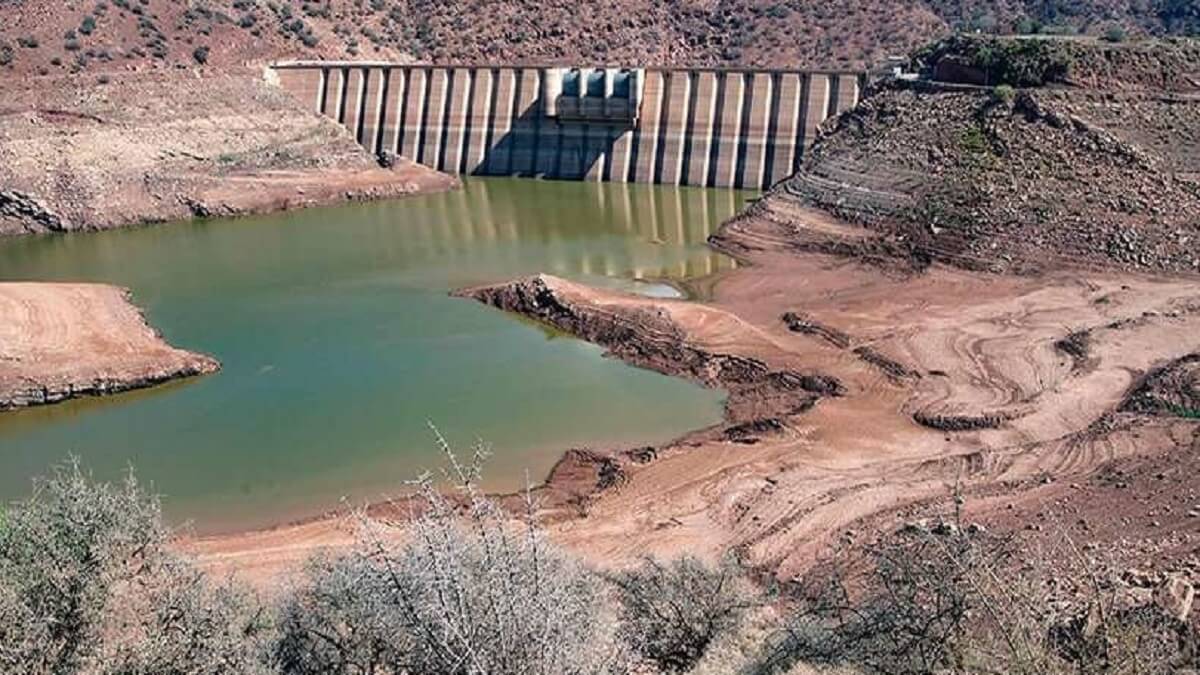
Third lever: water management
The objectives of water management in Morocco are as follows:
- Improve the performance of the drinking water supply network.
- Improve the performance of canals and full service pipelines.
- Achieve a water efficiency programme for all water uses.
- Improve network efficiency from 77% today to 78% by 2027 and 80% by 2030.
The Ministry of Water signed four water contracts: Al Haouz-Mejjat, Meski-Boudnib, Berrechid and Feija, pending the 14 layer contracts currently being drafted or updated (El Mnasra, Drader-Soueir, Fez Meknes, Charf El Akab, Dakhla, Tadla, Guelmim, Bahira, Chtouka, Sus, Trifa, Rhiss-Nekor, Fouel Tadoue and Tadoue).
It is a series of water resources management contracts that Morocco will keep in mind in the future by planning to carry out 15 other layer contracts: Bou Sebaa, Tantan, Ain Béni, Methar, Figuig, Maamora, Middle Atlas, Bou Agba, Coastal Chaouia, Bir Guendouz, Er-Rachidía, Guelmim, Tinjdad, Jorf and Tafilalet.
Water policy in Morocco aims to put every drop of Morocco's valuable water resources at the centre of the country's efforts to adopt efficient approaches to the management of this vital resource.
Awareness-raising and communication on water economics and the state of water resources and on water economics is also one of the pillars of the country's water management policy.



